Kazakhstani entrepreneurs successfully introduced a chatbot in the USA, securing a position among the Top 10 most profitable AI applications

GoatChat.ai isn’t a typical startup. While it doesn’t address obvious pain points, it achieved profitability within its first months and quickly rose to the top of App Store downloads in multiple countries. The GoatChat application operates on the foundation of large language models (LLM), akin to Chat GPT. This enables the creation of digital twins, images, stories, and more.
Prior to establishing a company in the USA, the startup founders found success in IT outsourcing. Their inaugural venture into the global market was the marketplace constructor ADAPT, which later transformed into a research company specializing in AI. Yerbol Kopzhassar, the founder, shared insights with the joint project of Digital Business and Astana Hub “100 Startup Stories of Kazakhstan” about GoatChat’s capabilities, how a 12-member team startup can compete with technological giants from the Valley, and the direction in which the AI industry is heading.
“In total, we tested approximately 50-60 different models, ultimately utilizing nearly 10 of them”
– Yerbol, what led you to enter the startup industry?
–At 16, I enrolled in Newcastle University in the United Kingdom. I attended tuition-free until my third year, supported by a scholarship for high academic achievement. Towards the conclusion of my studies, I became a developer for a messenger, but I made the decision to return to Kazakhstan.
Initially, I served as a mentor at nFactorial. Subsequently, I sought to comprehend the workings of the public sector and joined IFCA (International Financial Center Astana). Concurrently, I took on development orders, although I opted not to handle them personally. Consequently, I began delegating tasks and assumed the role of a project manager. The projects spanned a wide range, from a shoe store to a Python bot designed to track client mentions on the Internet.
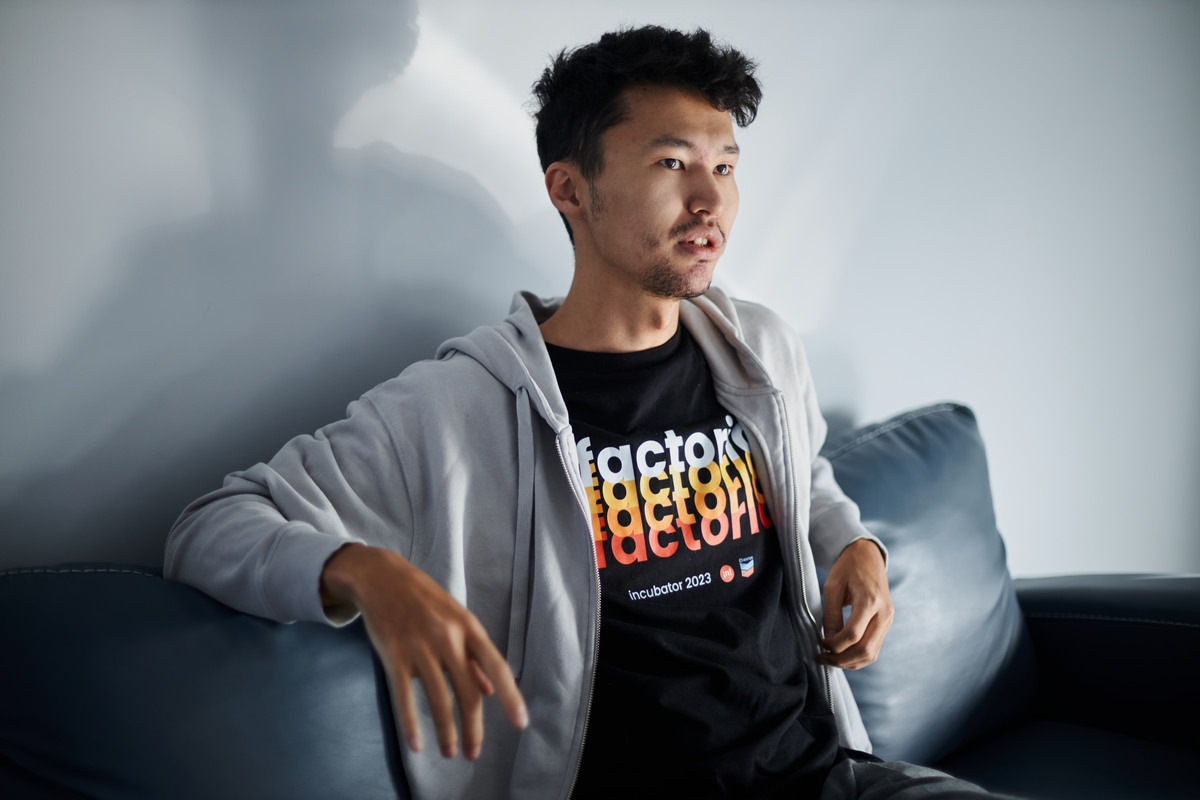
Later, I crossed paths with my business partner, Bakytzhan Dos. We spent a year in Moscow, presenting a proposal for the rental of luxury cars to Delimobil, which had acquired Anytime. Typically, in software development, one seldom encounters real-life situations, but there, we had to address tasks ranging from parking payments to stopping the engine of a fast-moving sports car on the highway. Upon returning to Kazakhstan, we resolved to focus on our own projects.
– At the start of the year, you and your co-founder were engaged in the ADAPT startup, securing $500,000 in investments. How is its progress now?
– The development demanded increased attention and a vertical focus on distinct markets with extensive system integrations, which didn’t entirely align with our scaling priorities. Furthermore, the business incurred a relatively high cost of acquiring clients, particularly as we operated not only in the USA but also in Brazil, where this metric is lower. While the service remains accessible for users who have already subscribed, we have imposed restrictions on application downloads.
Simultaneously, with the evident surge in demand for AI, none of us hesitated about the next move. A technological breakthrough occurred, as people began to pay for the new user experience despite the existing technical limitations.
– Now, let’s delve into the startup. Could you please share how it all began?
– The concept of the chat emerged during a brainstorming session with Bakytzhan. We had an unconventional team and ideas that we brought to life, both from a technological and product standpoint. “Goat” is an abbreviation for the greatest of all time.
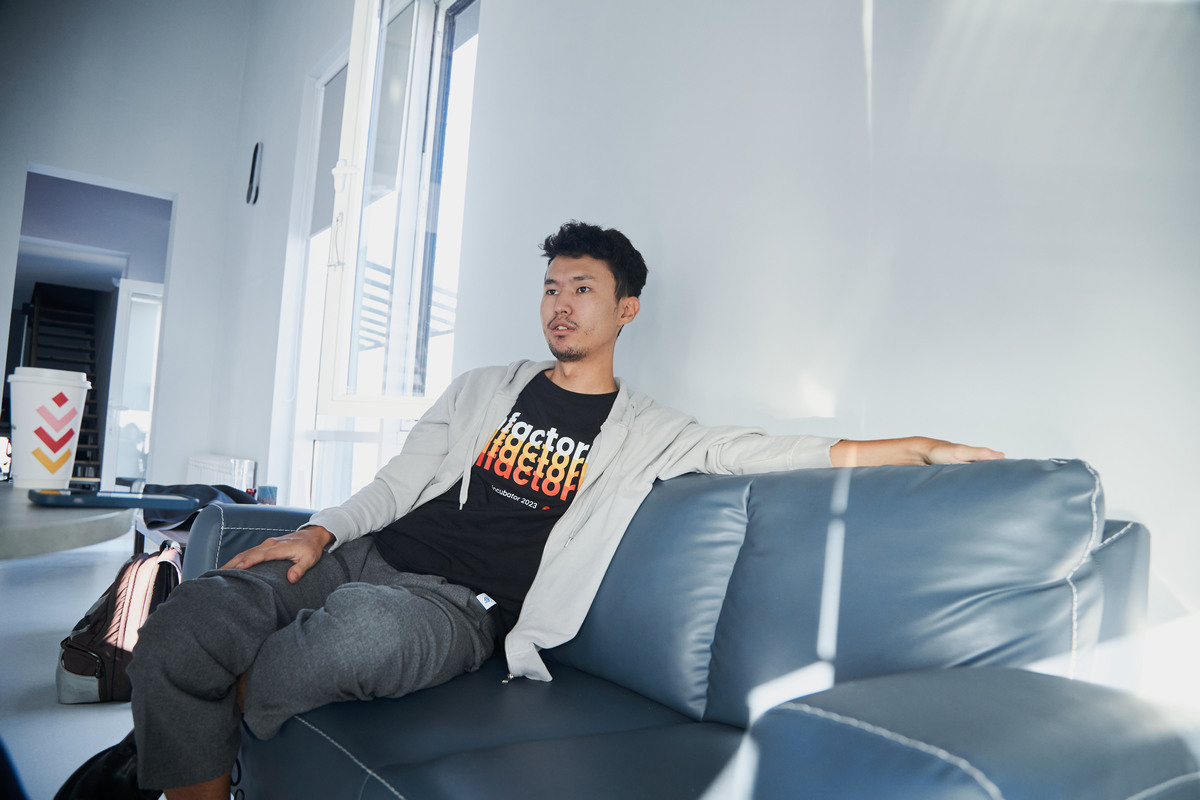
We pondered, if a person can interact with a neural network, why can’t it engage with Einstein? The language model can be trained to converse on behalf of any renowned personality. We were genuinely surprised to discover that people are willing to pay for such interactions. Subsequently, we decided to progress and broaden the functionality.
– Which functionalities are accessible within your application?
– Currently, GoatChat presents three primary sections. The first entails an online assistant with file download capabilities. We’ve also seamlessly integrated a web browser into this section. When any webpage is opened, our assistant can summarize its content and engage in a conversation based on the learned context. In such instances, the language model relies on the provided information rather than the extensive data learned from the latest version of Chat GPT. It’s worth noting that our model performs less effectively with the Russian language, as its primary training was in English.

The second section is Explore. Within this section, we compile various AI chatbots existing in the market. Through their assistance, users can generate visual and text content, encompassing images, illustrations, stories, and more.
Video generation is not currently accessible. It proves to be a costly endeavor, and our hardware resources, despite having one of the largest collections of commercial graphic cards in Kazakhstan, are insufficient. The computational power of these cards can be harnessed for model training or content generation. Although everything is labeled as AI nowadays, it’s essential to recognize that creating pictures and videos involves distinct technologies.
The third section involves the creation of a digital twin or any character. Simply input the necessary information into your chatbot, and it becomes capable of answering any question, for example, in areas like financial literacy. Other individuals can also engage in conversations with it. If needed, the author’s chatbot can always be enhanced. Interestingly, when interacting with twin bots, people tend to greet them and express gratitude more frequently than with online assistants.
The free version permits sending up to nine messages and generating up to five images. In the paid version, there are no restrictions, and additional functions become accessible. Moreover, users can converse with a more trained model based on Chat GPT 4. In total, we tested around 50-60 different models, ultimately employing nearly 10 of them, including some developed in-house. Notably, 95% of users primarily utilize only two – the chatbot and the assistant.
“Currently, we have close to 5 million downloads on the App Store”
– How successful has the subscription model proven to be in terms of profitability?
– Our company is in a profitable state. The application was launched on the App Store in January, and by March, TechCrunch recognized us in the top 10 most profitable AI startups. Currently, we’ve accumulated nearly 5 million downloads on the App Store. The subscription fees vary by country; for instance, in the USA, the weekly subscription costs $9.99, the monthly is $24.99, and the annual is $99.99. We frequently conduct AB tests and adjust prices to determine factors that contribute to longer user engagement within the application.

In the App Store, pricing is a crucial aspect. Determining whether to display the weekly or monthly subscription first is an important decision, among many similar questions that require testing. Fortunately, we have an audience on which we can test hypotheses.
– Which subscription is more frequently purchased, and what is the retention rate of users within the application?
– I believe the weekly subscription is more frequently purchased. Our active audience is around 1 million per month. Regular sales began at the end of February, and unexpectedly, we became the first application from Kazakhstan to enter the top 10 in France, Germany, South Korea, Poland, and other countries. This achievement necessitates a high number of daily downloads, rather than a one-time surge in downloads. Another crucial indicator is the frequency of use. Many applications face the challenge of being downloaded through referrals from social networks but not opened immediately.
– What is the current valuation of your company?
– I’m cautious about providing an exact figure, but I can confidently state that over the past couple of years, we have secured $1.2 million in investments. This includes funding from 500 Startups, MOST VC, and Murat Abdrakhmanov. Currently, we are gearing up for a new funding round and aiming to attract $30 million.
“The structure of the Valley is such that only fundamental companies can effectively compete”
– In your opinion, what features do you consider most beneficial for users within the application?
– For some users, the application’s most valuable aspect is the ability to swiftly obtain necessary information, such as instructions on washing a cat or receiving reassurance. In September, there was heightened activity among students. The chat feature is also extensively utilized for handling emails. During our TikTok advertising campaign, the video with the highest conversion rate among the male audience showcased how GoatChat successfully helped a guy win back his girlfriend with just one message.
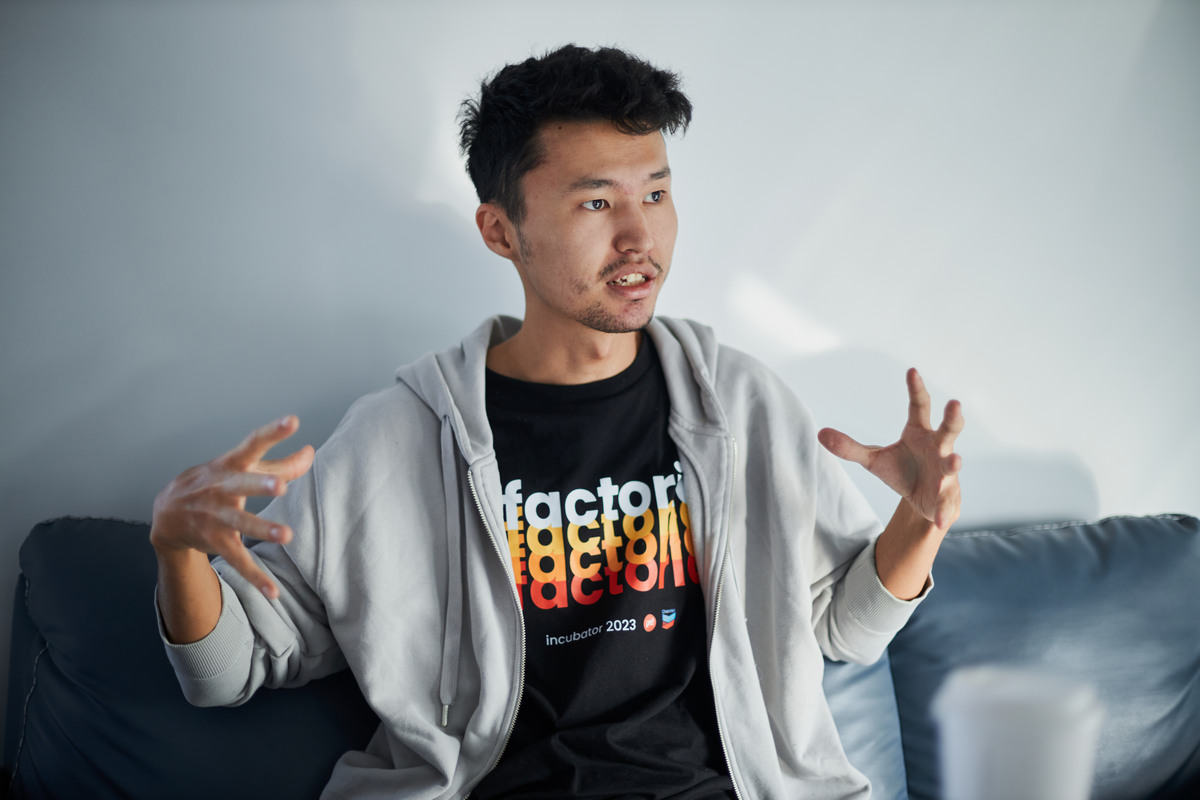
Envision a service where you have the freedom to do anything you desire. Ongoing model development will pave the way for new use cases. However, the most significant contribution will come through the advancement of the research direction.
– Why did research become important to you, considering the application is already profitable?
– Indeed, GoatChat has sufficient analogues, and many of them originally had in-house language models. The Silicon Valley’s structure dictates that only fundamental companies can effectively compete. This is why we allocate significant investments in both hardware and specialists. In Kazakhstan, we have identified only three AI researchers.
Currently, the company boasts five researchers in addition to the developers and product team. The field of AI research is evolving at an incredible pace, with 7-8 research papers being published daily, each of which theoretically has the potential to revolutionize any industry. We have already published one research paper and are actively working on several more.
– What is the area of your research?
– Our initial article delves into the censorship of responses related to prohibited topics, like abuse. Using the example of GOAT 7, we demonstrated that restrictions lead to a decline in the overall quality of answers. This is a widespread issue for all language models except GPT 4. The structure and training methodology of GPT 4 remain undisclosed.

Language models face two additional unresolved challenges. The first is hallucinations, which involve the generation of false information. The second is the limitation on context length. When engaging in a chat, there is a constraint on the number of words in a message or a single session. Presently, the language models have a limit of 32 thousand tokens or 16 thousand words. Developers are still working towards creating a model capable of producing high-quality content equivalent to creating War and Peace 2.
Currently, we are involved in book writing. Our latest model has the capability to generate stories comprising 128 pages within just 5 minutes. Looking ahead, our goal is to utilize this technology to craft movie scenarios. The test version has already been downloaded by 10 thousand people, proving sufficient to specify the storyline and main hero, after which the model autonomously generates the entire content.
“In domains where gathering data in a straightforward and organized manner is challenging, the changes will entail an extended timeframe”
– Could neural networks potentially render scriptwriters and other specialists unemployed?
– This is a significant threat of the entire AI industry. OpenAI invested approximately $10 million to safeguard its developments, yet this figure pales in comparison to the amounts the company allocates to hardware expenses.
In fields where acquiring data in a direct and structured manner proves challenging, the implementation of changes will require an extended timeframe. AI optimists envision neural networks becoming auxiliary tools rather than complete replacements. However, I disagree with them. When McDonald’s introduced automated cash desks, the company reduced the number of cashiers. Capital will perpetually seek to enhance labor efficiency. Hence, it is crucial to identify spheres where your skills cannot be replaced by any language or other model.
As an illustration, in California, Cruise company is already offering driverless taxi services. The situation is far from amusing; people are protesting, even in the country with the most advanced economy globally. It may not seem optimistic, but I am confident that numerous new professions will emerge. For instance, scriptwriters will likely focus more on editing scenarios and generating ideas rather than starting from scratch.
– Could you share the upcoming plans for the company’s development?
– It would be fantastic if our research and models find utility in the work of others. OpenAI is fundamentally a research company that can monetize its research efforts. We will persist in introducing new B2C products and enhancing existing ones with the incorporation of cutting-edge technologies.
We are also planning a complete relocation of the team to San Francisco in the near future. Bakytzhan is already there, and some team members have already made the move. We registered in the USA three years ago because initially, we aimed to thrive in a market where a thousand-fold growth is possible. Interestingly, we were offered to purchase the domain Goat.ai for a hundred of thousands of dollars. Little did we imagine that it would turn out to be the most advantageous investment of our lives.
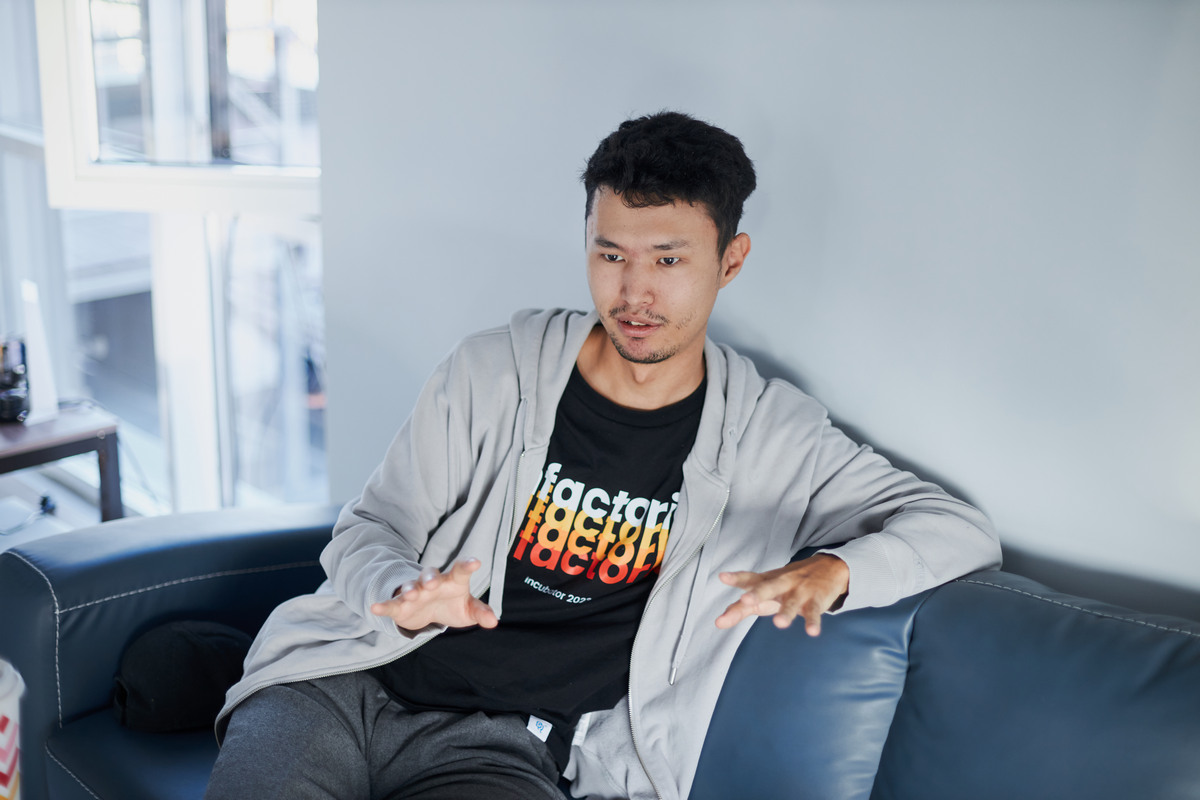
– Numerous LLMs are available on the market. How do you discern which language model is the best?
– One day, I posed this question to our ML engineer. The open-source community assesses models through tests comprising thousands of diverse questions. The outcomes reveal the model’s proficiency in constructing logical chains from information. Currently, Chat GPT has a score of 70, while Lama 2 has a score of 68. Interestingly, Lama 2 is an open-source model that can be further trained. AI enthusiasts engage in this process, competing with one another. We have participated in this game as well, and our Goat-7B received commendable scores, with approximately 10,000 downloads.
“AI will handle all fundamental consulting, particularly addressing basic matters”
– To proceed, could you provide your predictions for the evolution of the AI industry?
– Primarily, the focus is on single-frame video generation. Once models can produce videos without distortions, there’s a concern that people may begin to question the authenticity of information. Envision a scenario where, within three years, fraudsters could send a video message purportedly from your mom, created by a neural network. While the fundamental technologies of deepfakes emerged five years ago, they persist in advancing, achieving a 95% image similarity. On a positive note, this progress opens up possibilities for creating animations using similar logic.
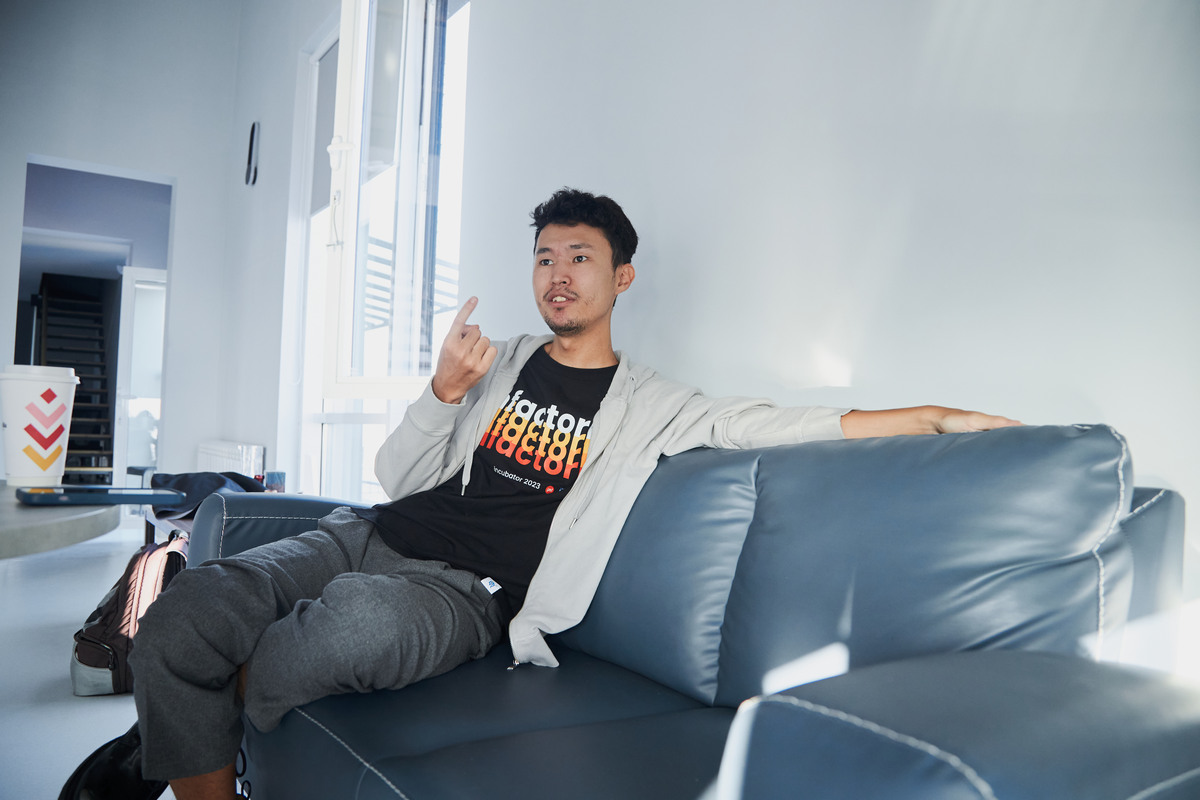
Moreover, AI will manage all fundamental consulting, specifically addressing basic matters. If the issue of context limitation is resolved, programmers will engage in less coding. We have already ceased hiring junior specialists due to the existence of plugins that can complete code for developers. However, it still necessitates review, debugging, and so forth.
Certainly, everything will undergo a transformation with the advent of what’s called self-play. Currently, we train neural networks, but there’s a possibility of distinct models emerging for this task. In simpler terms, one program will train and assess another program. While new articles on this topic surface every week, they are yet to succeed.
– What about regulating the AI industry? Developers have already been asked to pause with the development of AI.
– In the USA, the regulation of AI will depend on the demands of the capital. For instance, if Warner Bros. seeks to protect its copywriters, it may contribute $10 million to a senator who will then advocate for the necessary law. The law becomes a form of leverage, and if Democrats, supported by AI companies, hold power, the legislation will likely reflect those interests.
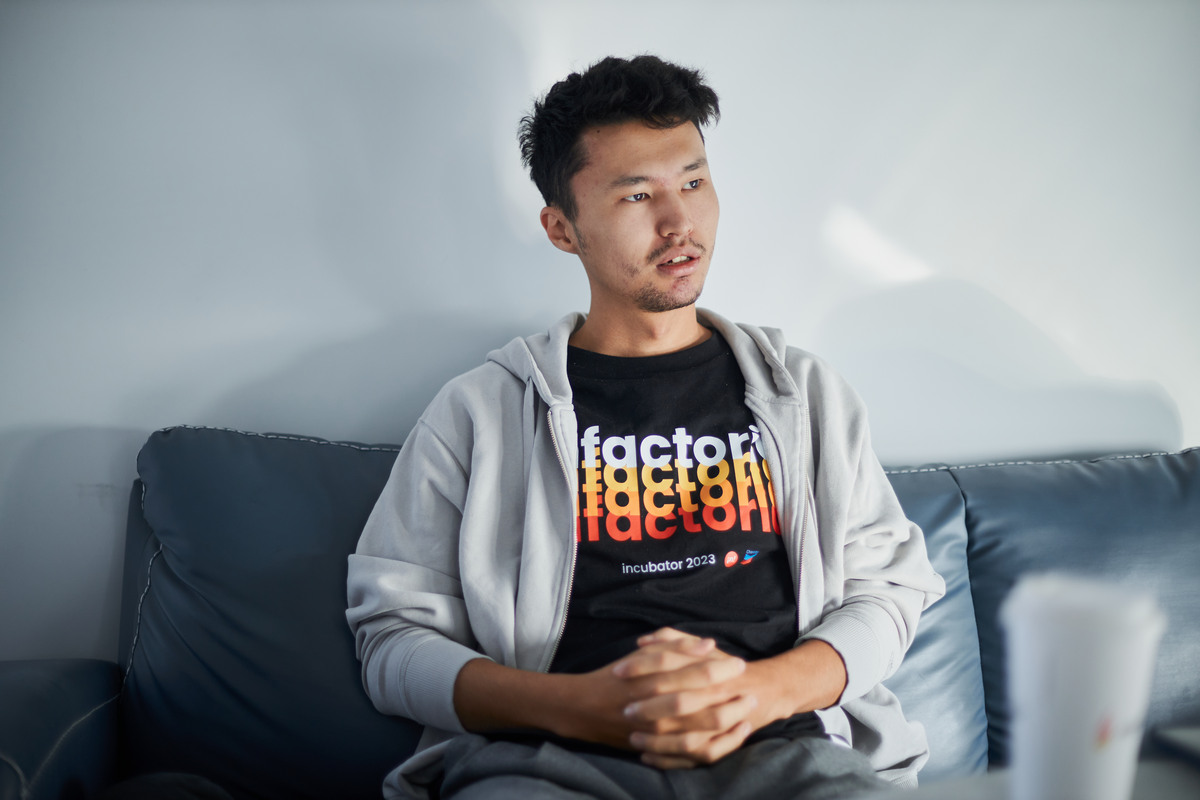
– Not long ago, discussions about the importance of AI technology development have emerged in Kazakhstan. What is your opinion on whether this is realistic?
– To accomplish this, one would need to go to Taiwan and request the installation of NVIDIA DGX H100 100 graphic cards at least in universities. Each of these cards costs $300 thousand. For research purposes, 64 of these cards are necessary. However, even if you choose to buy the hardware, the provider may ask you to wait in line or pay a substantial amount. Currently, possessing such resources is a matter of political and elite influence.




